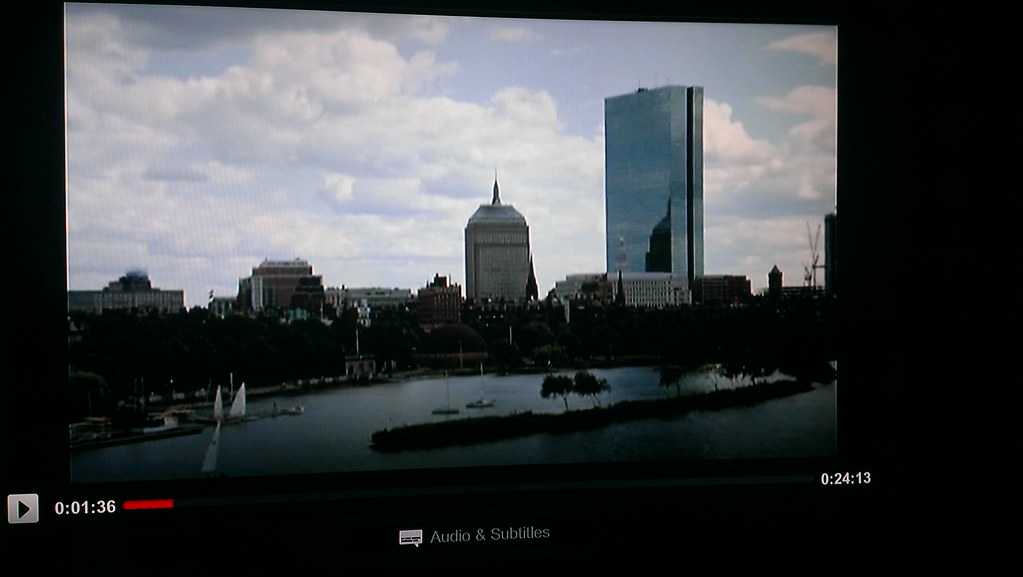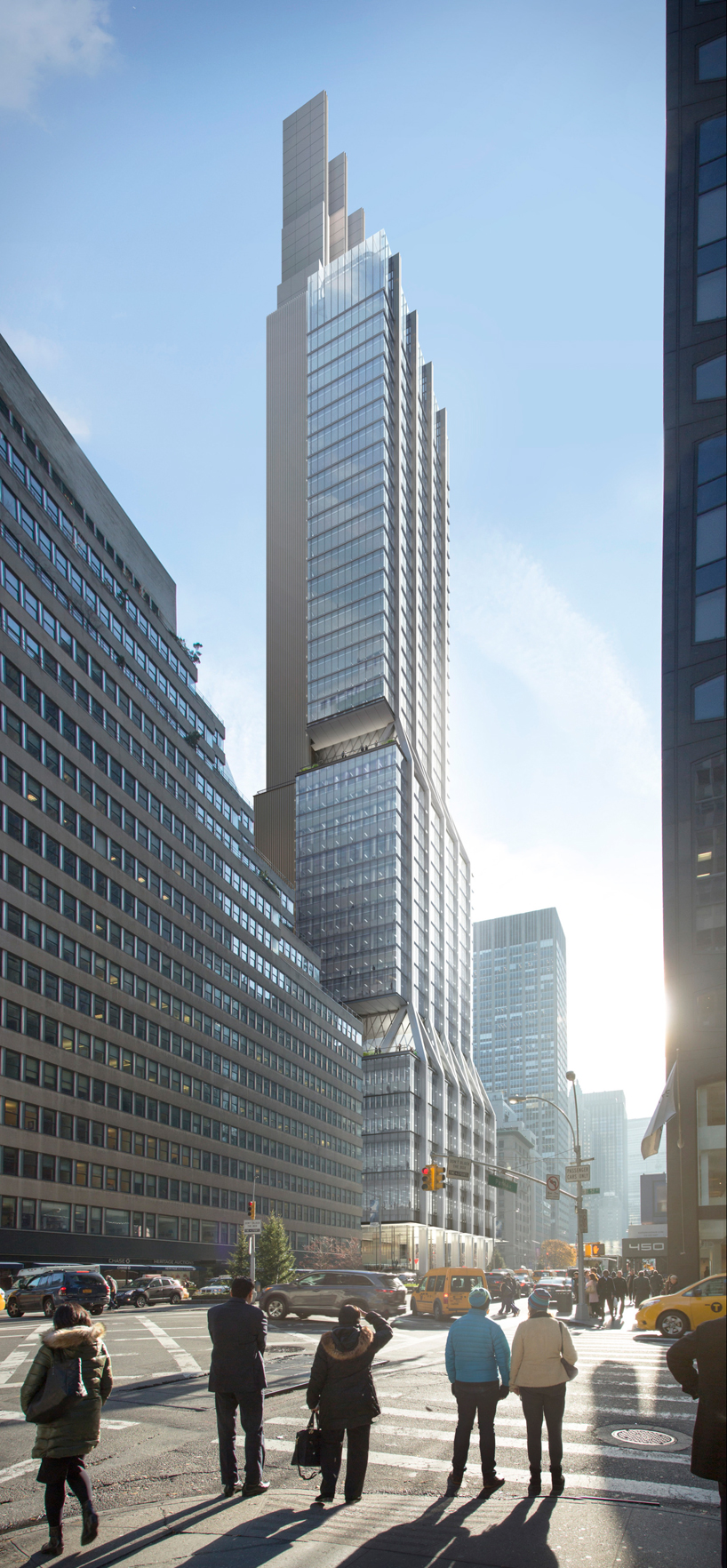Didn't Cheers show shots of the Hancock at least once a show? I remember when I finally visited here when I was 10 I was more excited spotting it than anything else.
I'd argue the Pru is Boston's icon.
Funny you should mention Cheers. I re-watched the entire run again since I hadn't seen it in decades (and more so, hadn't seen it since I moved to Boston), so it was fun to watch the references. (which btw. Diane seems to be a little too old in 1982 to be a BU student.. sorry Shelley!)
The exterior shots they used of the city could vary. Somewhere I have screen grabs of some of the shots the used. Its pretty clear Burrows only came to Boston three times to do scenes. Because in many shots (which appear to be from the roof of the Hampshire House hotel), it'll be late 80s episode, but will show copley place still under construction (the cranes) or not built at all (which means the shot is from the first season but recycled). Burrows didn't clue in that the Boston skyline changed a lot the 1980s, and re-cycling shots from 1982, didn't work well in 1990! (but he did it anyways..)
One other TV show to note, there's a great panoramic shot of Beacon Hill as seen from the Memorial Drive "bump out" viaduct near the Longfellow in St Elsewhere's 1st season. Check it out sometime.. the skyline looks very different in 1982.
Edit: This isn't the shot from Hampshire House as I described above, but this is the screen grab I was talking about that I knew I had. I think is from a later (1989 and on) episode because I took the screen grab because I wanted to see how out dated the shot was vs when it aired.
Notice the cranes on the right for Copley place, and no 500 Boylston Street. So I place this photo to be 1982ish.


